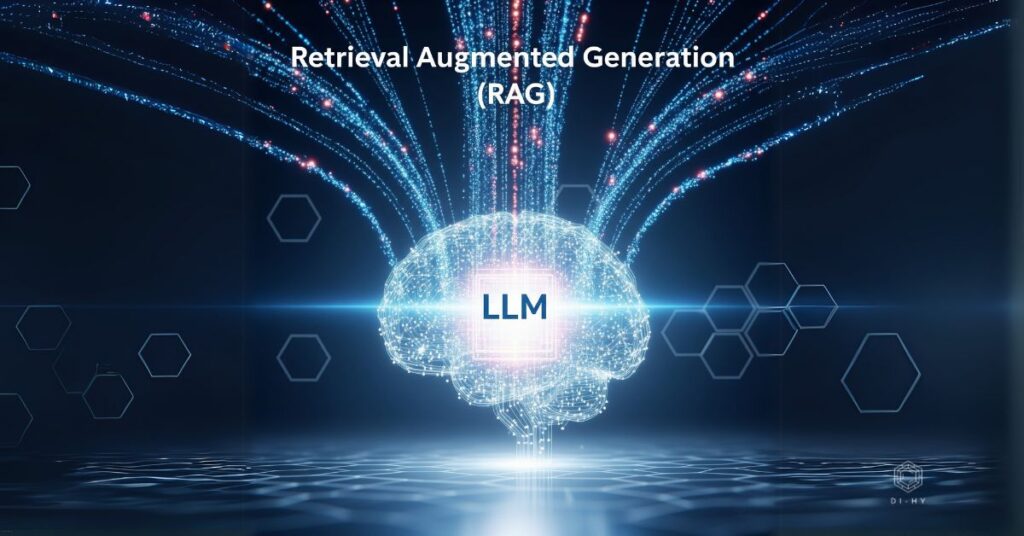
In the race to adopt artificial intelligence, many organizations are overlooking a critical reality: new technology does not erase existing laws. The “governance gap”—where AI adoption outpaces risk management—creates a direct conflict with stringent, long-standing regulations. A failure to bridge this gap doesn’t just expose an organization to data breaches and reputational harm; it can lead to severe legal penalties and fines.
Navigating this complex web of regulations is a critical task for any enterprise deploying AI. Understanding how established legal principles apply to the new challenges posed by artificial intelligence is the key to innovating responsibly. This guide delves into three critical mandates that every leader in healthcare, finance, and payments must master.
HIPAA and AI in Healthcare: Protecting PHI in the Digital Age
The Health Insurance Portability and Accountability Act of 1996 (HIPAA) establishes the national standard for protecting sensitive patient health information (PHI). The introduction of AI into healthcare workflows—whether for diagnostics, predictive analytics, or virtual assistants—does not alter these fundamental rules. Any AI system that processes PHI must do so in full compliance with the HIPAA Privacy, Security, and Breach Notification Rules, but the technology introduces unique and amplified challenges.
Key Compliance Obligations
- The Minimum Necessary Standard: A core HIPAA principle is that access to PHI must be limited to the minimum amount necessary for the intended purpose. This directly conflicts with the nature of many AI models, which often perform better when trained on vast datasets. Organizations must design AI tools to use only the PHI strictly required for a specific task, such as a diagnostic algorithm using only relevant imaging data and not a patient’s entire medical history.
- De-identification and Re-identification Risk: While using de-identified data (which is not considered PHI) is a best practice for training AI models, AI’s ability to analyze and correlate disparate datasets makes it possible to re-identify individuals from information once thought to be anonymous, creating a serious compliance breach.
- Business Associate Agreements (BAAs): When a healthcare organization uses a third-party AI vendor to process PHI, that vendor is a business associate under HIPAA. A legally binding BAA is mandatory, and organizations must perform due diligence to scrutinize the vendor’s security certifications and compliance history before entrusting them with PHI.
- Technical Safeguards and Risk Analysis: The HIPAA Security Rule mandates technical safeguards like robust access controls and encryption. Crucially, organizations must explicitly include their AI technologies in their formal Security Risk Analysis, assessing how the AI system interacts with electronic PHI and who receives its outputs.
A modern HIPAA compliance strategy for AI cannot focus solely on protecting the input data; it must extend to governing the entire data lifecycle, including the new, dynamic data assets—like patient risk scores—that the AI creates. Navigating this intersection of AI and HIPAA requires deep expertise; an AI strategy consulting engagement can provide the necessary guidance to ensure both innovation and compliance.

SOX and AI in Financial Reporting: Ensuring Integrity and Accountability
Enacted in response to major corporate accounting scandals, the Sarbanes-Oxley Act of 2002 (SOX) is a cornerstone of financial regulation, designed to protect investors by improving the accuracy of corporate disclosures. With 88% of U.S. companies now using AI in their finance functions, these longstanding rules take on new urgency.
Key Compliance Obligations
- Explainability of AI-Driven Controls: If an AI system is used as a key internal control over financial reporting (ICFR)—for example, an algorithm that flags unusual journal entries—it cannot be a “black box”. For SOX purposes, management and auditors must be able to understand, document, and test the control’s logic.
- End-to-End Data Lineage: SOX demands a clear audit trail. When AI is involved, financial systems must demonstrate complete and verifiable data lineage, tracing a transaction from its source to its final destination in the financial statements.
- Heightened Management Responsibility: The use of AI in financial processes directly elevates the stakes for senior leadership. Under Section 302 of SOX, the CEO and CFO are not just certifying manual controls; they are now personally attesting to the effectiveness of the AI models embedded within their financial processes. An AI failure is an internal control failure, with direct legal consequences for the executives who sign the reports.
This highlights a critical duality: AI serves as both a powerful compliance tool and a significant compliance risk. The AI model itself must be subject to its own set of controls, transforming AI governance from an IT concern into a primary focus for the CFO and the Audit Committee. Building intelligent and compliant financial systems requires specialized knowledge, and AI Finance & Admin Automation solutions can be designed from the ground up with SOX principles at their core.
PCI DSS and AI in Payments: Securing Cardholder Data
The Payment Card Industry Data Security Standard (PCI DSS) provides the global baseline of requirements for securing payment card data. It applies to any organization that stores, processes, or transmits cardholder data (CHD). While AI can be used for beneficial purposes like fraud prevention, its proliferation has introduced a critical new vector of risk.
Key Compliance Obligations
- Scope Creep and the Dissolved Perimeter: The most significant AI-related risk to PCI DSS compliance is “scope creep”. Traditionally, the Cardholder Data Environment (CDE) was a well-defined network segment. Today, when an employee inputs any data related to a payment transaction into an external AI tool—even a snippet of a transaction log—that AI platform could be considered part of the CDE. This action instantly subjects the AI vendor’s platform to the full scope of PCI DSS requirements, a standard most consumer-grade AI tools are not designed to meet.
- The Threat of “Shadow AI”: This risk is primarily driven by “Shadow AI”. The case of a developer pasting a transaction log into ChatGPT to troubleshoot an error is the quintessential example of this threat. This single, well-intentioned act inadvertently exfiltrated CHD to a non-compliant, third-party environment, constituting a severe data breach and PCI DSS violation.
- Employee Training and Policy: The primary PCI DSS threat from AI is not a sophisticated external attack, but the far more common risk of internal employees accidentally leaking cardholder data to non-compliant AI platforms. This shifts the compliance focus to a model that heavily emphasizes strict AI usage policies, technical controls to monitor AI interactions, and continuous employee training on the specific risks of AI misuse.
Designing secure business processes is vital, and for guidance on creating compliant Operational AI Workflows, it is vital to partner with experts who understand how to build AI-powered systems without compromising security standards.
The Path Forward: From Regulation to Resilience
The regulatory landscape for AI is complex and unforgiving. Whether in healthcare, finance, or payments, the message is the same: organizations are fully responsible for the actions of the AI systems they deploy. A proactive, holistic strategy built on robust governance is not just a defensive measure; it is a competitive advantage that builds trust and enables sustainable innovation.
Ready to transform your business with AI while navigating the complexities of compliance? Partner with the experts at di-hy.com to build a smarter, leaner, and more profitable future.


